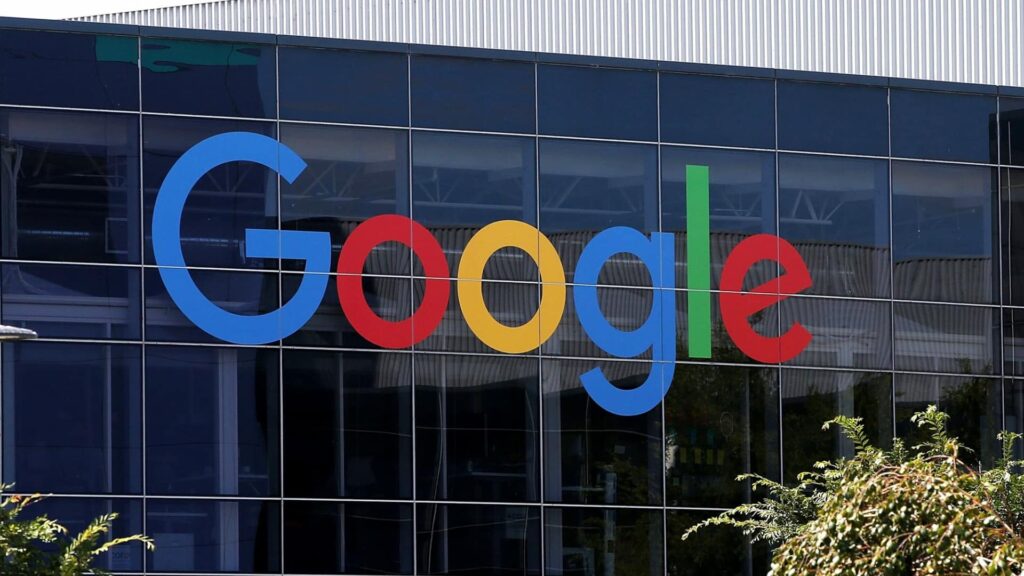
Google Cloud will show users their gross carbon emissions
Google Cloud has added tools to help users get a better understanding of their environmental impacts as part of a wider company effort to combat climate change. The Footprint Carbon feature shows gross carbon emissions related to electricity consumption from someone’s cloud platform use. It displays emissions from time to time and can break down data based on projects, products and regions.
The company will be able to play this information into their own emission data for internal audits and make carbon disclosures (they can export data to the Salesforce Sustainability Cloud, for example). Google emphasizes that these numbers are related to the gross carbon emissions of users, because the company has carbon neutral for more than a decade. This plans to fully run carbon-free energy in 2030.
Google Cloud will also mark applications that are not used, as well as their carbon emissions. Google suggests that the application of removal identified by unattended project recommendations will help companies reduce security risks, reduce costs and reduce their carbon footprint.
In addition, Google brings the earth’s machine to the Cloud platform for certain users. Using satellite imagery, data sets and other tools, companies can use the Earth Engine to “track, monitor, and predict changes on the surface of the earth” caused by extreme weather events or human activities. That, Google said, it will allow businesses to reduce and mitigate risks, “become more formidable to the threat of climate change” and save money. The company can apply for access to the Earth Engine via Google Cloud.
Last week, Google launched a series of features highlighting the environmental impact of consumer choices. Shopping results can promote a greener option, while Google flights begins to show the estimated carbon emissions for almost all trips. The Nest Renew program, meanwhile, can turn on or turn off your thermostat depending on the availability of clean energy. In addition, Google hopes to use AI to increase the efficiency of traffic lights and reduce pollution from idle cars.
